Two convenient sizes to choose from:
5″x7″ desktop size — CLICK HERE
8.5″x11″ refrigerator size — CLICK HERE

Two convenient sizes to choose from:
5″x7″ desktop size — CLICK HERE
8.5″x11″ refrigerator size — CLICK HERE

Work from my college years: Acrylics and watercolors, pen and ink, graphite and colored pencil, charcoal, airbrush, transparent film, architectural design, 3-D construction, photography, collage, silkscreen — cartoon, technical, realistic, abstract, and surrealistic.
CLICK HERE TO VIEW

copyright © 1973, 1978, 1985 Patrick Merrell
It’s here, just in time and in two convenient sizes!
BIG: CLICK HERE
COMPACT: CLICK HERE
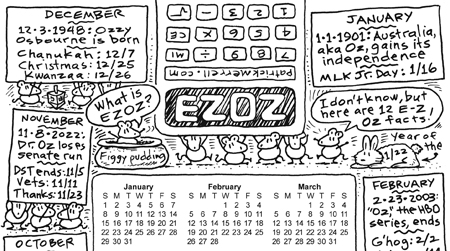
NEJM Evidence, a New England Journal of Medicine digital publication, asked me to write an article about a recent study that compared crosswords and brain games in boosting the brain power of older adults.
• READ THE FULL ARTICLE HERE (including a mini puzzle)
. . . . . . . . . . . . . . . . . . .
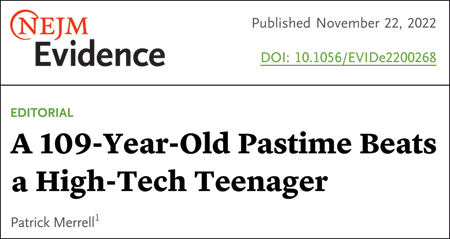
copyright © 2022 Massachusetts Medical Society
After World War II, BMW 327 coupes and convertibles started rolling off the assembly line, but they weren’t being made by BMW.
• READ THE FULL STORY HERE.
© copyright Patrick Merrell and Vero Beach Magazine

Just in time for the new year, in beautiful black and white!
• COMPACT SIZE: CLICK to download a PDF
• JUMBO SIZE: CLICK to download a PDF
Here’s what it looks like (but don’t click on this to download):

Here’s an 8-page article about the American Crossword Puzzle Tournament, including 2021’s first-ever online event, written and photographed by Patrick Merrell:
Read/download a PDF — in spreads: CLICK HERE
Read/download a PDF — single pages: CLICK HERE
All text, photos, and art © copyright 2021 Patrick Merrell and Vero Beach Magazine

In July of 1715, a fleet of 11 Spanish ships and one French frigate set sail for Spain, overloaded with passengers, goods, livestock — and tons of silver, gold and other riches. Less than 400 miles out of the port of Havana, a raging hurricane hit the eastern coast of Florida, sending all but the French ship to the bottom.
Read/download a PDF of the full article: CLICK HERE
© 2021 Patrick Merrell and Vero Beach Magazine

An 8-page article about the last small commercial pineapple farm in the continental U.S., plus the history of pineapples in Florida and around the world. CLICK HERE to read (from the June 2021 issue of Vero Beach Magazine).

This year’s calendar focuses on an issue from the past year (hint: virus). But for the first time ever, you get three choices: a looking-back version, a looking-forward version, or — maybe you’ve had enough of all this — neither!
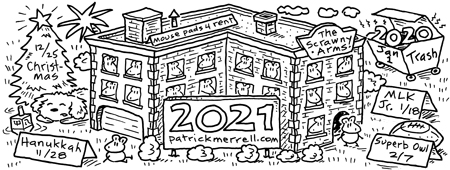
Looking Back:
• Desktop size: CLICK to preview & download
• Refrigerator size: CLICK to preview & download
Looking Forward:
• Desktop size: CLICK to preview & download
• Refrigerator size: CLICK to preview & download
Neither:
• CLICK on nothing
Kids draw what they know — themselves, their family, maybe a house with the sun shining above it. When it comes to drawing people, boys mostly draw boys and girls mostly draw girls. That goes for race as well. There are exceptions, of course, but the basic idea is that children’s drawings reflect who they are and the world around them.
When I became a professional illustrator, I got a crash course in moving beyond that. It came in the mid-to-late 1980s, when I started getting a lot of work drawing illustrations for grade school textbooks.
Right around that time, the major publishers had developed a new editorial approach. It required the content of their books to include a broad mix of people — all races, sexes, body types, hair styles, ages, physical abilities, and so on. Also, professional stereotypes were out the window. A black man could be a professor, a Hispanic woman could be a doctor, a white man could be a nurse. The goal: to have every kid represented in the books and to present any profession as a possibility to anyone.
There weren’t quotas. Each illustrator just had to remember to mix it up. If you hadn’t drawn an American Indian girl in a while, draw one. About the only rule was to avoid exaggerated features than reinforced racial stereotypes. On the flip side, you didn’t want to draw the same face over and over, just coloring it a different shade of brown or peach.
Work would be assigned in batches, like 20, 50, or 100 illustrations at a time. The repetitiveness of the work made that “mix-it-up mindset” stick, and it crossed over into my other work. Illustration assignments outside of textbooks wouldn’t often specify race or sex. So I consciously varied it on my own.
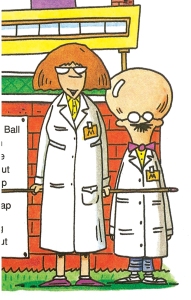 I remember one gratifying moment about 10 years later, when the approach paid off. I was talking to a high school art class about being an illustrator, and I’d brought along six of my illustrated maze books to show as examples.
I remember one gratifying moment about 10 years later, when the approach paid off. I was talking to a high school art class about being an illustrator, and I’d brought along six of my illustrated maze books to show as examples.
At the end of my talk, a girl came up to me and asked, “I bet you don’t draw any women characters?” It was the kind of “gotcha” moment I’d heard of, because a lot of media at the time wasn’t very inclusive. But she didn’t get the answer she expected.
I opened Mastermind Mazes and showed her the main character, a woman scientist named Sara Bellum. Next to her was her male assistant, Sir Rebral. The girl was surprised, but even more so when I opened another book, Double-Cross Mazes. The main character in that one was Avery Waverly, an African-American TV host. The girl who’d asked me was also African-American.
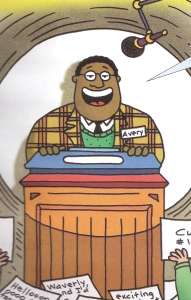 Thanks to the experience of working for the textbook publishers, I wasn’t guilty of what she expected. And I’d like to think it offered that girl a ray of hope that she wasn’t always going to be ignored as a woman or as an African-American. I don’t really know because she didn’t say another word. I got the feeling she’d asked that question before, but it was the first time she’d gotten that response.
Thanks to the experience of working for the textbook publishers, I wasn’t guilty of what she expected. And I’d like to think it offered that girl a ray of hope that she wasn’t always going to be ignored as a woman or as an African-American. I don’t really know because she didn’t say another word. I got the feeling she’d asked that question before, but it was the first time she’d gotten that response.
The fact is, we’re a very diverse country. It’s nice when we can accept and embrace that — and not just in the media. It’s even more important in our personal interactions and in public forums, because … we’re all here bobbing about in the same boat.
Tens of people look forward to my mouse calendar each year. If you’re here to download the 2020 installment, count yourself among the discerning few.
As with last year’s effort, I aimed to keep the rodent infestation from getting out of hand (it takes less time to draw). Hence, the mouse count is below my 30-something-year average … although with a count of 22, it doubles last year’s puny total!
Without further ado, here are the PDFs of this year’s mousterpiece:
Compact size: DOWNLOAD PDF
Placemat size: DOWNLOAD PDF
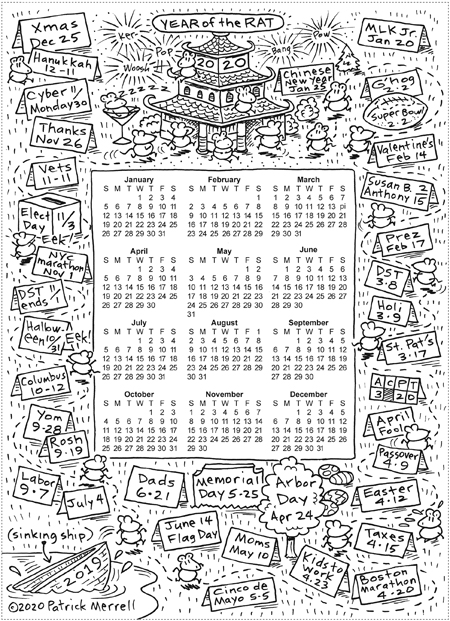
The mouse calendar tradition continues, this year setting a record for the fewest number of mice ever: 11. That’s not even one mouse per month.
Feel free to download and print this useful item in either refrigerator and bread box size. As always, it’s color-free to spare your printer.
Refrigerator size: DOWNLOAD PDF
Bread box size: DOWNLOAD PDF


Check out Patrick Merrell’s new website, ORTS, a collection of new, never-used, and repurposed material from his 38 years as a freelance illustrator, graphic designer, writer, and puzzlemaker.
You’ll find a new post every day Monday through Friday, plus interesting tidbits in the sidebar column, Orts Shorts.